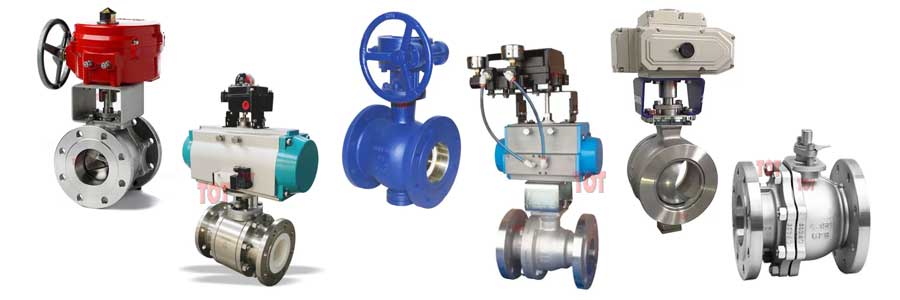Ball valves are one of the most widely used valve types in industrial, commercial, and residential piping systems. Known for their simple design and quick operation, they have become a popular choice for on/off fluid control. But while they offer many benefits, they also have limitations that make them unsuitable for certain applications.

This article explores the advantages and disadvantages of ball valves so you can determine whether they are the right solution for your project.
Table of Contents
ToggleWhat is a Ball Valve?
A ball valve uses a spherical ball with a central bore to control the flow of liquids or gases. By rotating the ball 90 degrees with a handle or actuator, the valve can open or close completely. When the bore aligns with the pipeline, fluid flows freely; when rotated perpendicular, flow stops entirely.
Advantages of Ball Valves
Quick Operation
Ball valves require only a quarter turn (90°) to go from fully open to fully closed, allowing rapid shut-off in emergency situations.
Excellent Sealing Performance
The tight contact between the ball and soft seats (often PTFE) provides bubble-tight sealing, even after long periods of disuse.
Low Pressure Drop
When open, the valve offers an unobstructed, straight-through flow path that minimizes resistance and energy loss.
Durable and Long Service Life
Minimal wear during on/off operation makes ball valves reliable for many years with proper maintenance.
Versatile Application
Suitable for a wide range of media, including water, oil, gas, steam, and certain slurries, in both clean and moderately dirty service.
Compact and Lightweight
Compared to gate and globe valves of the same capacity, ball valves require less installation space and are easier to handle.
Disadvantages of Ball Valves
Poor Throttling Capability
Ball valves are designed for on/off service, not flow regulation. Partially opening them can damage the seats and create flow instability.
Vulnerability to Abrasives
Abrasive particles in the fluid can scratch the ball or wear out the seats, reducing sealing performance.
Temperature Limitations
Soft-seated designs are limited by the material’s temperature rating (PTFE seats are generally limited to about 200°C).
Cavity Trapping Issues
When closed, fluid can be trapped inside the ball cavity. If the fluid expands due to temperature changes, it may cause pressure buildup and damage the valve.
Higher Cost for Special Materials
In corrosive or high-pressure environments, ball valves made of stainless steel or exotic alloys can be more expensive than butterfly or gate valves.
Quick Comparison Table
| Feature | Ball Valve | Gate Valve | Butterfly Valve |
|---|---|---|---|
| Operation Speed | Fast | Slow | Fast |
| Seal Tightness | Excellent | Good | Good |
| Throttling Capability | Poor | Fair | Good |
| Space Requirement | Low | High | Low |
| General Cost | Medium | Low | Low |
Conclusion
Ball valves excel in applications where fast operation, tight sealing, and minimal pressure drop are priorities. However, they are not the best choice for throttling or handling fluids with high levels of abrasives. Understanding these pros and cons will help you select the right valve for your system, balancing performance, cost, and longevity.
If you’re comparing options for your pipeline, you might also want to read our guides on Gate Valve vs. Ball Valve and Butterfly Valve vs. Ball Valve for a complete decision-making reference.
